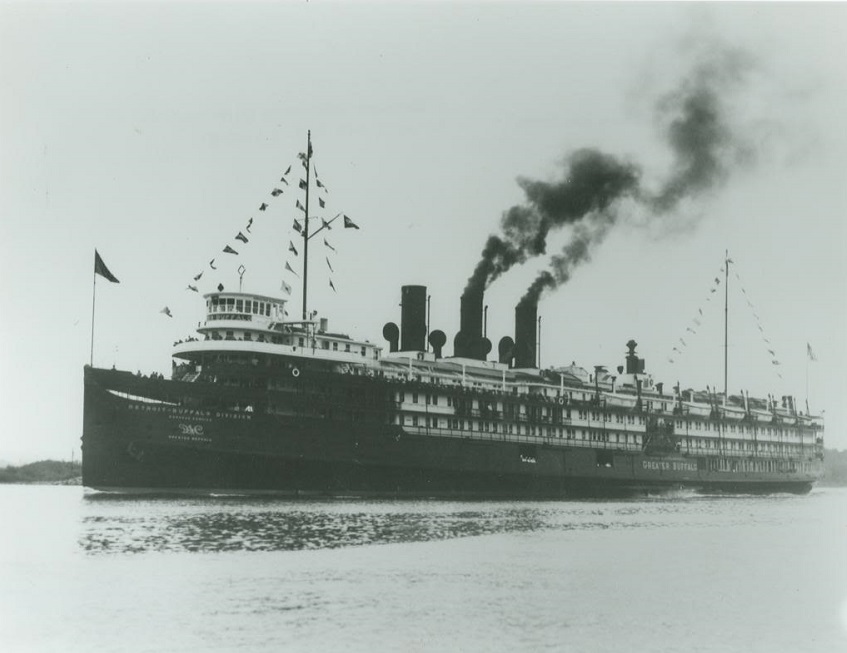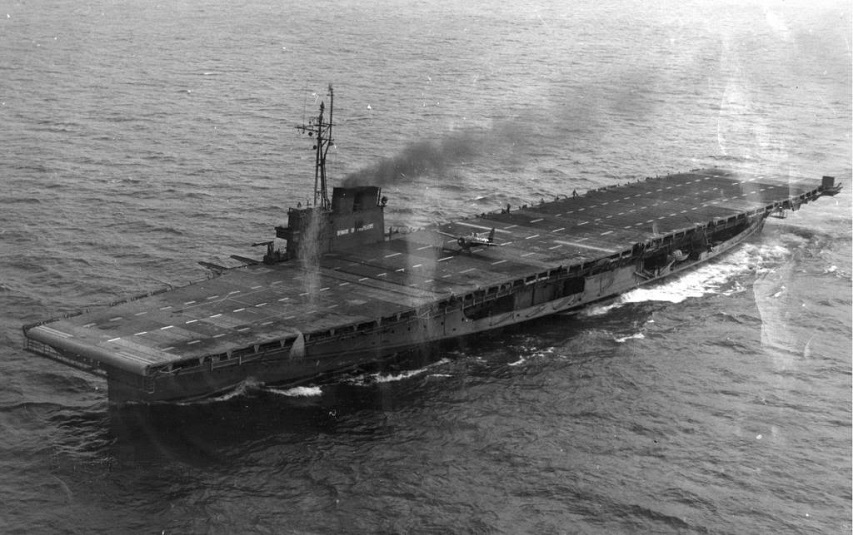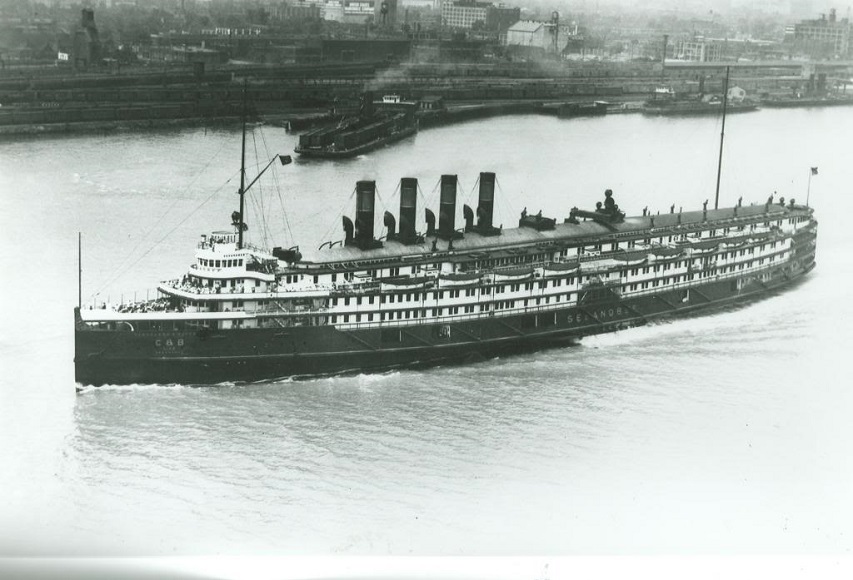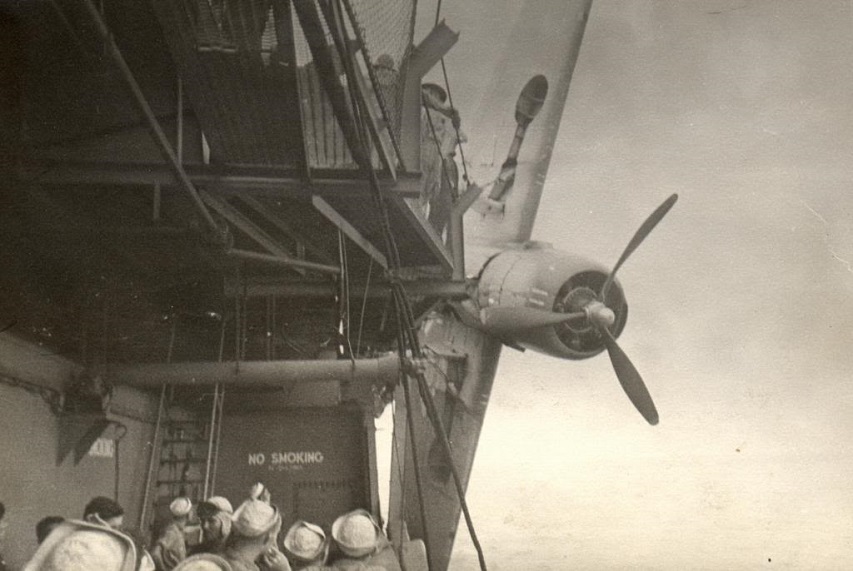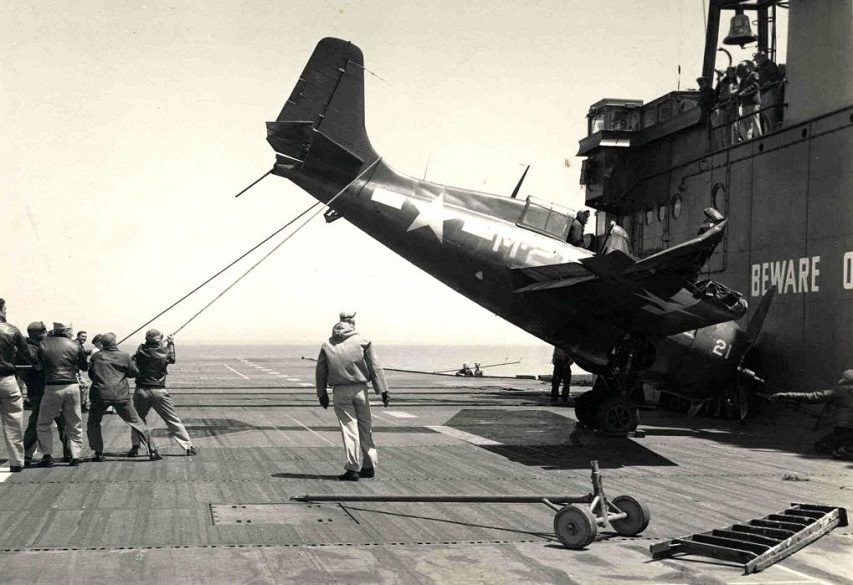Gene Healy thinks that after fifty years, it’s time we stopped pretending that John F. Kennedy was a great president:
In a December 1963 interview, the president’s widow gave a name to the Kennedy mystique, telling journalist Theodore White of Jack’s fondness for the lyric from the Lerner and Loewe musical about King Arthur: “Once there was a spot, for one brief shining moment, that was known as Camelot.”
Much more than a “moment,” Camelot has proven an enduring myth.
JFK places near the top 10 in most presidential ranking surveys of historians, and in a 2011 Gallup poll, Americans ranked him ahead of George Washington in a list of “America’s greatest presidents.”
Kennedy’s murder was a national tragedy, to be sure, but an honest assessment of his record shows that our lawless and reckless 35th president was anything but a national treasure.
[…]
Indeed, JFK rarely let legal specifics deter his exercise of presidential power. At his behest in 1961, the Internal Revenue Service set up a “strike force,” the Ideological Organizations Project, targeting groups opposing the administration.
In 1962, outraged that American steel manufacturers had raised prices, he ordered wiretaps, IRS audits and dawn FBI raids on steel executives’ homes.
In 2011, Pulitzer Prize-winning national security journalist Thomas E. Ricks opined that JFK “probably was the worst American president of the [20th] century.”
In foreign policy, Ricks said, “he spent his 35 months in the White House stumbling from crisis to fiasco.”
True enough, after being buffaloed into the disastrous Bay of Pigs operation by the CIA, Kennedy helped bring the world to the brink of thermonuclear war in the Cuban Missile Crisis — not because Soviet missiles in Cuba altered the strategic balance of power (they did not), but because, as former Defense Secretary Robert McNamara later admitted, the missiles were “politically unacceptable” for the president.
Moreover, Kennedy’s aura of vitality and “vigah” depended on deliberate lies about his medical fitness for office: “I never had Addison’s disease … my health is excellent,” JFK told a reporter in 1961.
As Kennedy biographer Richard Reeves notes, JFK, who “received the last rites of the Catholic Church at least four times as an adult,” was “something of a medical marvel, kept alive by complicated daily combinations of pills and injections,” including a psychiatrically dangerous cocktail of painkillers and amphetamines regularly administered by celebrity physician Max “Dr. Feelgood” Jacobson.
Update, 6 November: Nick Gillespie assigns the blame (for the still-going hagiography) on the boomers in a piece titled “JFK Still Dead, Baby Boomers Still Self-Absorbed”
Indeed, by the early 1970s, what American over or under 30 didn’t agree with the sentiments expressed in a 1971 New York Times Magazine story on youth politics co-authored by Louis Rossetto, the future cofounder of Wired magazine? “John F. Kennedy, one of the leading reactionaries of the sixties, is remembered for his famous line, ‘Ask not what your country can do for you; ask what you can do for your country,’” seethed Rossetto and Stan Lehr. “Today, more and more young people are instead following the advice of [author] David Friedman: ‘Ask not what government can do for you… ask rather what government is doing to you.’”
But boomers were so much older then, they’re younger than that now, right? Despite the raft of revelations not just about governmental abuses of power generally but those involving JFK specifically, boomers just can’t quit him (or their airbrushed image of him) as their own mortality comes into focus. Here’s Vanity Fair’s James Wolcott, known for an “artful nastiness that’s long disappeared from his peers’ arsenal,” still going weak in the knees for Jack:
I remember the light at the end of the school hallway reflecting off the floor as word went round and the weight in the air the days after. For kids my age, it was like losing a father, a father who had all of our motley fates in his hands…
As Splice Today’s Russ Smith — himself a boomer old enough to remember where he was when Kennedy was shot — notes, this is pure overstatement: “It wasn’t ‘like losing a father,’ and to suggest so is an affront to all the children who actually did lose their own father at a tender age.” Smith, who as the founder of the Baltimore and Washington City Papers and The New York Press knows a thing or two about reader appetites, is “betting that most of these books bomb, mostly because for most Americans those tumultuous days in 1963 are ancient history. Kennedy’s assassination might as well have occurred in the 19th century. Save for ascending and budding historians, where’s the audience for yet another encore of Camelot?”

